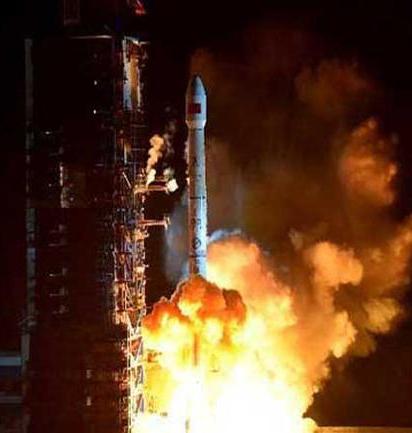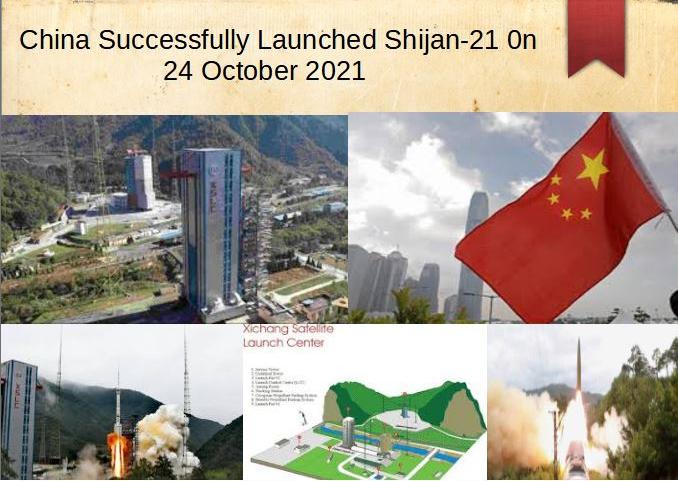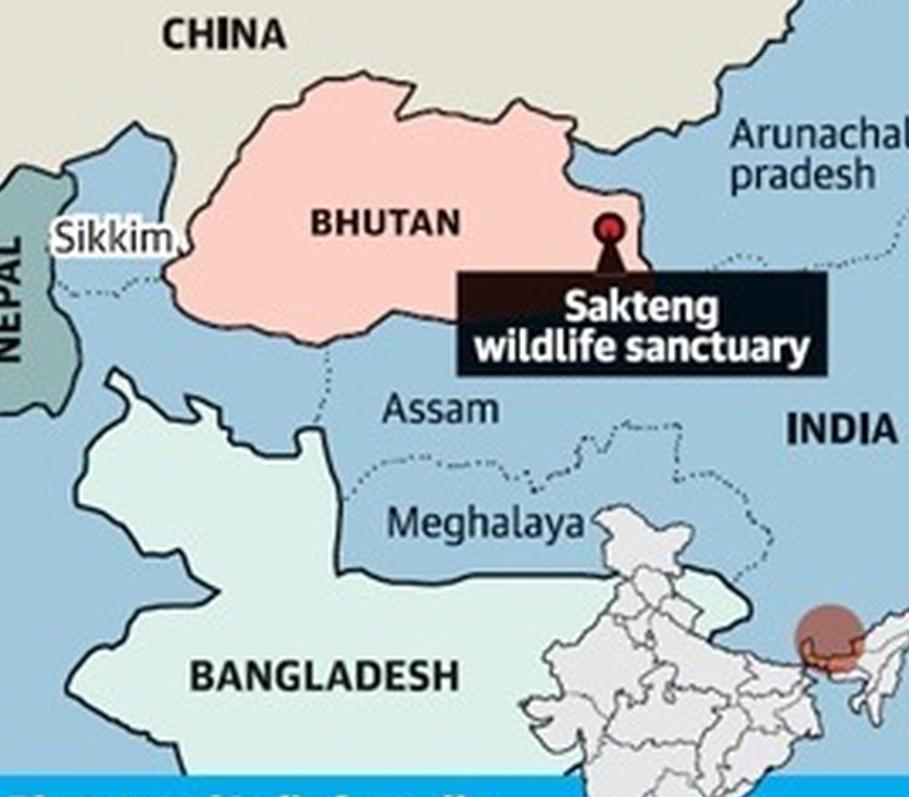Updated By: LatestGKGS Desk
China Launched Relay Satellite ‘Queqiao’ To Explore Dark Side of Moon Details

China Launched Relay Satellite ‘Queqiao’ To Explore Dark Side of Moon- Details, Aim, Purpose
China launched relay satellite named Queqiao (Magpie Bridge) to explore the dark side of the moon from Sichuan province on 21st May 2018.
Queqiao satellite was launched as part of Chinese Lunar Exploration Program (CLEP) onboard of Long March-4C rocket at 5:28 AM from Xichang launch centre.
Queqiao satellite aims to establish a communication link between earth and its planned Chang’e-4 lunar probe (rover) that will explore the dark side of the moon.
Queqiao (meaning bridge of magpies) satellite will serve as a communications relay for future Chang’e-4 rover that will explore in South Pole-Aitken Basin in moon’s far side.
Queqiao satellite will be situated in halo orbit i.e. Earth-moon Lagrange point L2, a gravitationally stable spot located 64,000 kilometers beyond lunar far side. It will be world’s first communication satellite operating in this location.
Queqiao satellite will help China to realise its goal of being the first country to send a probe to soft-land on and rove far side of the moon.
Purpose
Moon is tidally locked to Earth, meaning it always shows the same face (near side) to Earth. So, relay link is necessary to communicate with spacecraft on the far side, which will otherwise have to send their signals through moon’s rocky bulk
About Chinese Lunar Exploration Program (CLEP)
Chinese Lunar Exploration Program (CLEP) also known as Chang'e program after Chinese moon goddess Chang'e, is ongoing series of robotic Moon missions conceived by China National Space Administration (CNSA).


